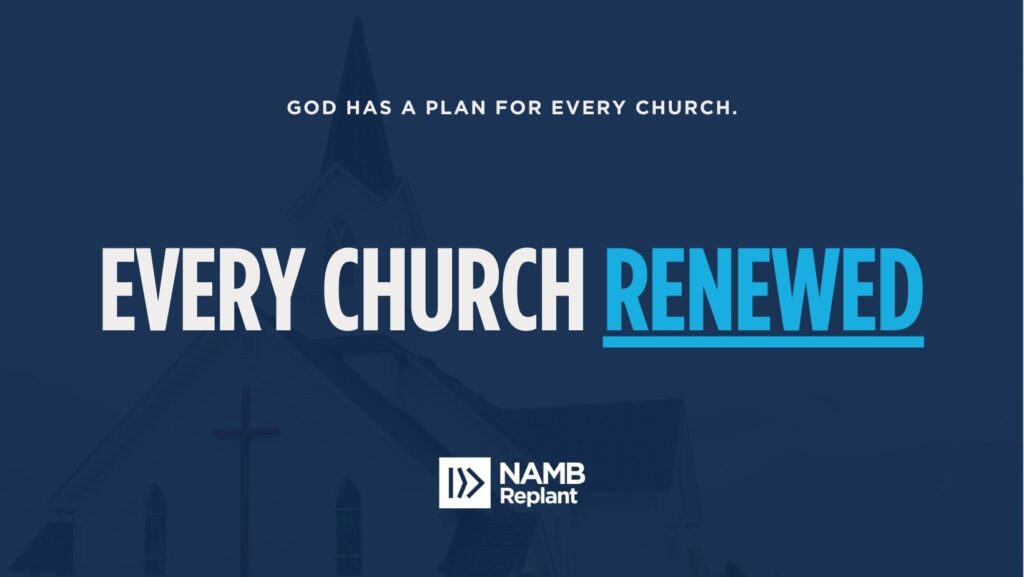Replant/Revitalization Reality: Changing the bylaws may make the decision process more streamlined, but heart change within the congregation aligns the decisions with the work of the Spirit.
Shortly after beginning in my role as a Replant catalyst, I was introduced to a brand-new replant pastor at a state convention gathering. He had been at his new post for just a few weeks. I loved his enthusiasm and boldness.
There is nothing quite like the passion of a minister just beginning the renewal work in a local church. He had plans for worship, outreach, congregational visitation and, of course, the bulletin. But what he offered as his No. 1 priority for initiating change was certain to cause pain – both to him and those under his watch.
He, being there only a handful of weekends, was poised and ready to bring up the need to change the bylaws.
I get it, I really do. In “we vote on everything” congregationalism, you are certain to have battles and scuffles’ about things like worship service orders, Sunday school curriculum, décor, bulletin boards and spending money for building needs, even when policies are clear regarding repairs that are sorely needed.
Rather than bog down the congregation with the administration of ministry, a renewal pastor wants to mobilize them for missional ministry. Streamlining the decision-making processes seems like a no-brainer.
In certain situations, the church bylaws make decisions cumbersome and downright difficult:
- What happens if you lack a quorum on a cold winter’s night and are unable to take a vote to approve a much-needed piece of equipment?
- What if you discover that the Committee on Committees and the oft-roadblocking and power-bloc-maintaining Nominating Committee have both adopted an adversarial posture toward pastoral leadership?
Your first thought could be that something must change. That something is the bylaws.
Here are a few cautions, if that thought is at the forefront of your mind:
- The bylaws have been present in the church longer than you have. They carry more authority than you do.
- Some of the guidelines were written to protect the congregation from snap decisions and powerfully persuasive pastors.
- Longtime leaders view pastors who want to change the guiding documents as a threat to organizational stability.
Hear this wisdom from Proverbs: “Do not stealthily move back the boundary lines staked out long ago by your ancestors.” (Prov. 22:28, The Message)
Let the reader understand, I am not saying bylaws are on the same level as Holy Scripture, nor should they never be changed. Some of them should. Here is my point: knowing when and how to change bylaws is a major key to maintaining trust within the congregation and them being responsive to your leadership.
Let me offer a few suggestions:
- Seek to understand why a bylaw exists and be willing to dialogue about its effectiveness for promoting the mission of the church. This is an advanced and necessary pastoral skill.
- Change the church’s discipleship culture as you seek to change its decision-making processes.
- When you face resistance, choose peace, if the main issue is a matter of preference. If there is a process issue hindering mission, push forward, but do so citing the ways ministry is being stymied rather than propelled. Seek a compromise for the sake of the gospel.
- Gently instruct the body that the Bible should always supersede the bylaws in congregational deliberations.
- Train the congregation to adopt the mindset of the Jerusalem council in Acts 15:28, “It seemed good to us and the Holy Spirit.” Note that the bylaws are fundamentally insufficient in their guidance for some decisions.
What if you have already stepped on the landmine of suggesting the bylaws be changed? Simply own it and call a truce. Establish dialogue, love and disciple those who are enraged and calling for drastic action.
I pray that calmer heads and patient loving hearts prevail.
Published August 9, 2023


